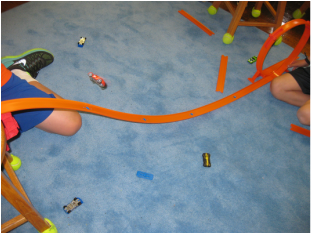
With Hotwheels tracks and cars, sixth graders took off running designing their own investigation. Not only did they have to come up with their own questions to investigate, but they had to identify the variable being tested as well as all the variables they'd control. They collected data, used mathematics to determine averages, and then used the data as evidence to support their claims.
We'll be working on our CER models throughout the year, and as students become more comfortable in their scientific explanations and scientific understandings, they'll see how the reasoning and the claim are quite different from one another. Right now, we're working on refining our reasoning to include scientific concepts that deepen our connections between the claims and evidence. Keep on thinking 6th graders!
We'll be working on our CER models throughout the year, and as students become more comfortable in their scientific explanations and scientific understandings, they'll see how the reasoning and the claim are quite different from one another. Right now, we're working on refining our reasoning to include scientific concepts that deepen our connections between the claims and evidence. Keep on thinking 6th graders!
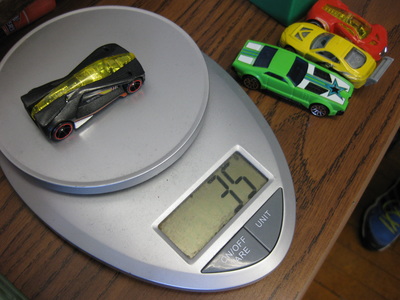
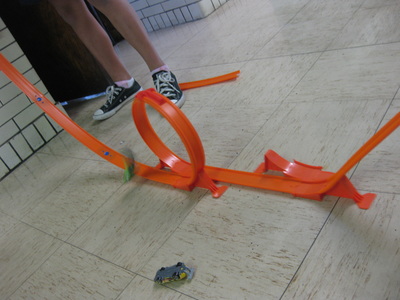
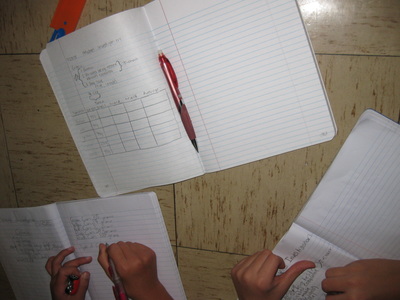
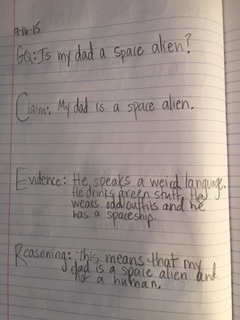
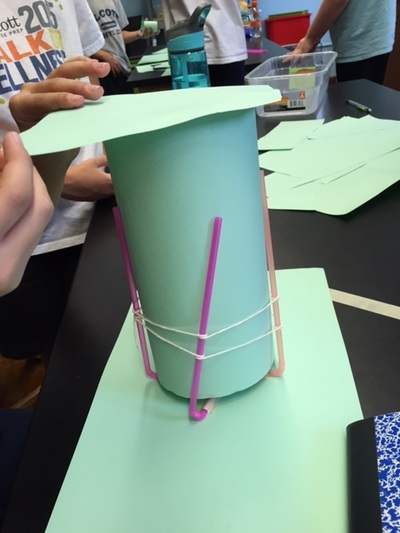
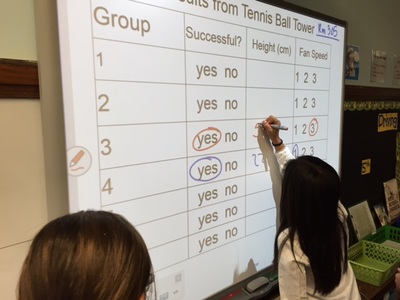
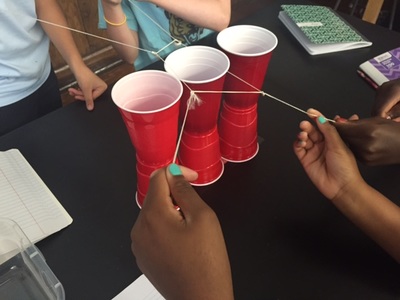
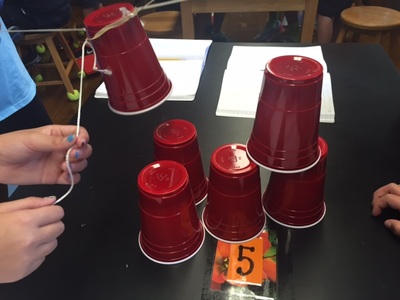
 RSS Feed
RSS Feed